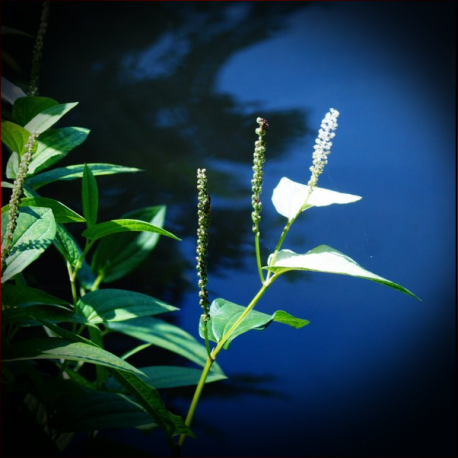More info
Datasheet
| Aquarium Compatible | yes |
| Plant Outdoor | yes |
| Plant Emersed Growth | yes |
| Temperature Tolerance | 4°C / 39.20°F - 27°C / 80.60°F |
| Temperature | 20°C / 68.00°F - 25°C / 77.00°F |
| Carbonate Hardness | 5-15 kh |
| pH Value | 6-8 ph |
| Light | high |
| Carbon Dioxide (CO2) | 10-40mg/lmg/l |
| Nitrate (NO3-) | 10-50mg/lmg/l |
| Phosphate (PO43-) | 0.1-3mg/lmg/l |
| Potassium (K+) | 5-30mg/lmg/l |
| Iron (Fe) | 0.01-0.5mg/lmg/l |
General Description
Saururus chinensis, also known as Chinese lizard's tail, is an aquatic plant belonging to the Saururaceae family. This plant originates from regions in Asia, including India, China, Taiwan, Japan, Korea, Vietnam, and the Philippines. It falls under the category of seed plants, specifically flowering plants (Angiosperms), and is classified under the order Piperales.
Aquarium Suitability
Highly suitable for aquariums, Saururus chinensis is a semi-emersed plant that can thrive in open tanks, commonly used in the midground of aquascapes. It can be grown both emersed and outdoors, making it a versatile choice for aquarists.
Demands and Hardiness
With a medium level of difficulty, this plant thrives in high-light environments within a temperature range of 20-25°C. Saururus chinensis prefers a pH level between 6-8 and requires moderate levels of nutrients such as carbon dioxide (10-40mg/l), nitrate (10-50mg/l), phosphate (0.1-3mg/l), and potassium (5-30mg/l).
Aquascaping & Usage
This plant is ideal for creating natural-looking aquascapes due to its semi-emersed growth habit, adding a unique touch to aquarium designs. It is commonly used as a midground plant due to its growth pattern and appearance.
Propagation
Propagation of Saururus chinensis can be achieved through runners and cuttings, making it relatively easy to propagate and spread within an aquarium setting.
Habitat and Distribution
In the wild, Saururus chinensis can be found in various aquatic habitats across Asia, including marshes, wetlands, and streams. Its distribution covers a wide range of countries, from India to the Philippines, showcasing its adaptability to diverse environments.

